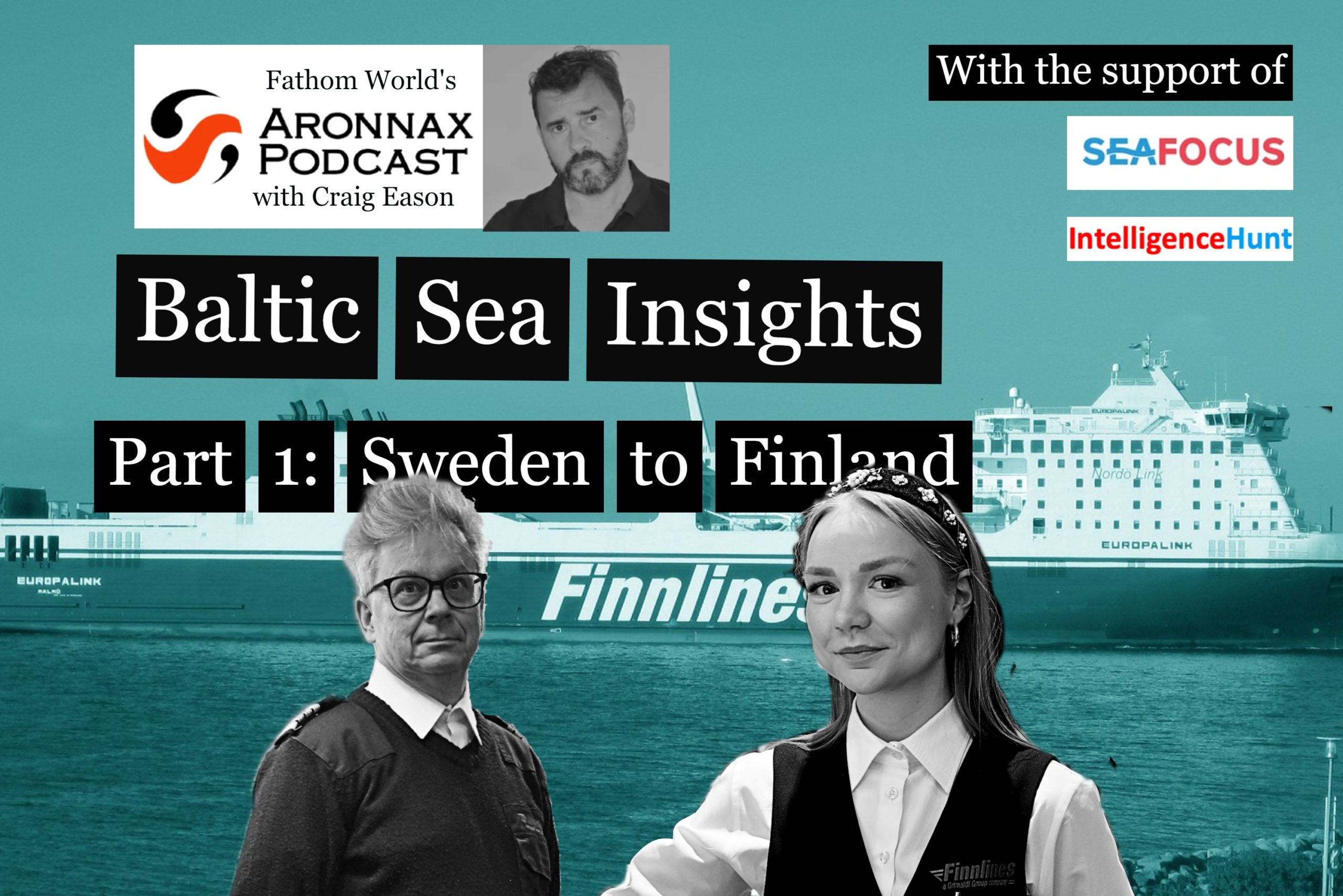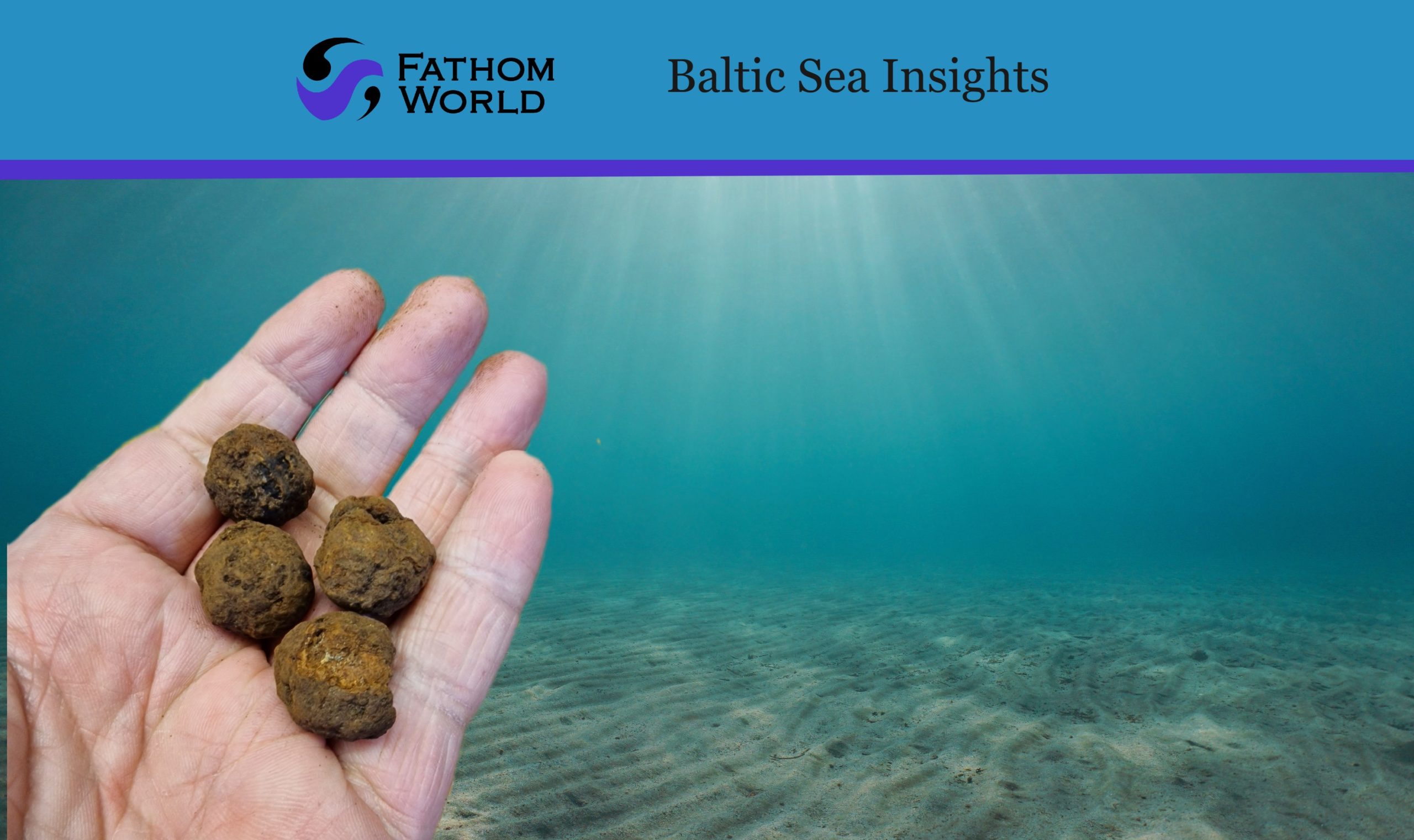Scandinavian Ocean Minerals believes there are riches on the Baltic seafloor ready to be harvested.
They look unremarkable, like Swedish meatballs. They carpet areas of the Baltic seabed, sometimes 20 cm deep and for kilometres on end, and they are potentially worth millions of dollars.
These are nodules of iron manganese and rare-earth metals, and one newly formed company in Sweden, Scandinavian Ocean Minerals, is seeking permission to work in Swedish waters and to suck them to the surface and have them processed for use in electronics, batteries and other modern components where these metals are in increasing demand.
The Stockholm-based company is looking to get permission in the next year to trial a special suction technology it has developed where a vessel will position itself over the nodules and a double pipe system is lowered into the water to the seabed.
The idea is to use compressed air to effectively vacuum them off the seabed without harming any of the ocean life in the area, and then carefully return any silt back to the floor surface.
There are a lot of hurdles to go through, not least the environmental ones to demonstrate to Swedish authorities that there is no environmental damage to the fragile Baltic ecosystem should the company achieve its goals.
Peter Lindberg started SOM AB only a couple of years ago, but the beginnings of the business potential began a decade earlier following university research in Sweden that revealed the presence of the nodules.
Researchers had noticed that these strange brown balls littering vast areas of the Baltic Sea were actually made of iron, manganese, silicon and other elements and minerals that had huge potential. They also found these nodules covered vast areas of the seabed in the Bay of Bothnia, the area between North Sweden and West Finland.
Environmental extraction
Lindberg is keen to ensure that the extraction process that SOM plans is not seen as the same as for deep sea mining plans in the oceans.
First there is the depth differences between the relatively shallow Baltic Sea where these nodules are found and the greater depths in the Pacific and other areas where deep sea mining is planned. Also there is the different sizes, these Baltic Sea nodules vary in size, but not larger than a large meatball he says. They are also not very dense, crumbling easy in the hand when dry.
The other difference is how they are made. While deep sea nodules are known to come from sub ocean riffs and thought to me millennia in the making, the nodules SOM wants to collect are formed due to river run off, where the water leeches the minerals out of the ground as it runs down in to the sea. They are still a long time forming, but Lindberg says research as shown they grow at up to .025mm a year in size. The iron manganese nodules can be found across the Baltic Sea, and recent announcements of rare earth element finds in Finland and Sweden have highlighted the potential of the mineral rich catchment from which the Baltic Sea is fed.
This is why Lindberg describes the process of collection as harvesting, and not mining, returning smaller nodules, less than a millimeter, back to the seafloor to continue growing from the minerals in the brackish seawater.
Environmental concerns
There are concerns about the process SOM plans to use, both in how the seabed fauna will be impacted by the suction and by the inevitable sediment plume from the return. Process.
There is a patent pending on the suction nozzle, so Lindberg would not go into details on the process, but he said the basic idea is that the nozzle will use compressed air and will push some of the air ahead of the nozzle as it moves over the seafloor, repelling any sea creatures, while the design of the return pipe opening will minimise the sediment plume.
Researchers at Stockholm University are looking at the potential impact of such work, having previously seen field trials on an area of unrelated seabed disturbed and the benthic life not returned to normal after seven years., and even some life forms not returned after decades. Research professor Francisco Nacimento at the Baltic Sea Centre at Stockholm University says the potential impact is not known for the Baltic hence recently announced research by a Swedish government research body.
This is research that Lindberg says he is comfortable with as the company will need to clear all the environmental questions being asked of it if it is to be successful. Lindberg also points to the second project the company is developing, which like the nodule collection has the potential to add large volumes of oxygenated water into the seabed and help restore the ecosystem.
The second project is to commercially extract dead zone seabed sediment, the sea floor that lacks oxygen and where nothing can thrive. This seabed sediment is, says Lindberg. Potentially profitable as it has mineral rich sediment and organic matter that can be turned into green carbon. The process of extraction and return will also recycle oxygenated water into the dead zones offering a chance to rejuvenate the seafloor, while the minerals, which include silicon can be used commercially.
Investment
The current plan is to have five or more platforms, dedicated DP vessels with the sediment being sent ashore for processing using a fleet of shuttle vessels.
The company has already drawn the interest of some investors, enough for it to purchase a research vessel, and push ahead withs seeking environmental permits and designing and applying for the patent
His plans will require, permits and patents pending, an eventual small fleet of vessels, some to be DP vessels hovering over either the nodules or dead zone sediment while the suction process works, and then a fleet of vessels to shuttle the nodules or sediment ashore for processing.
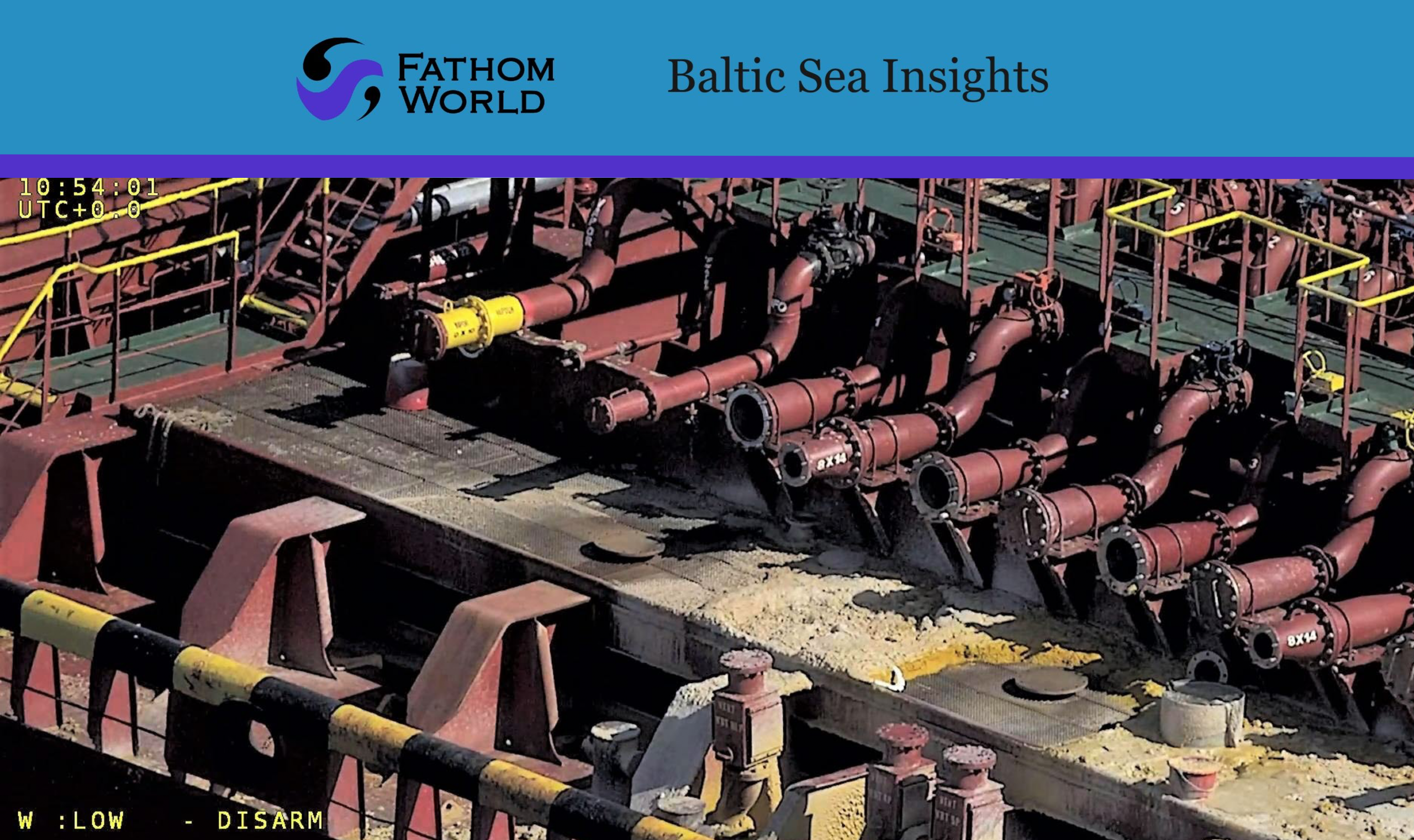
Banning the legal discharge of biofuels into the sea
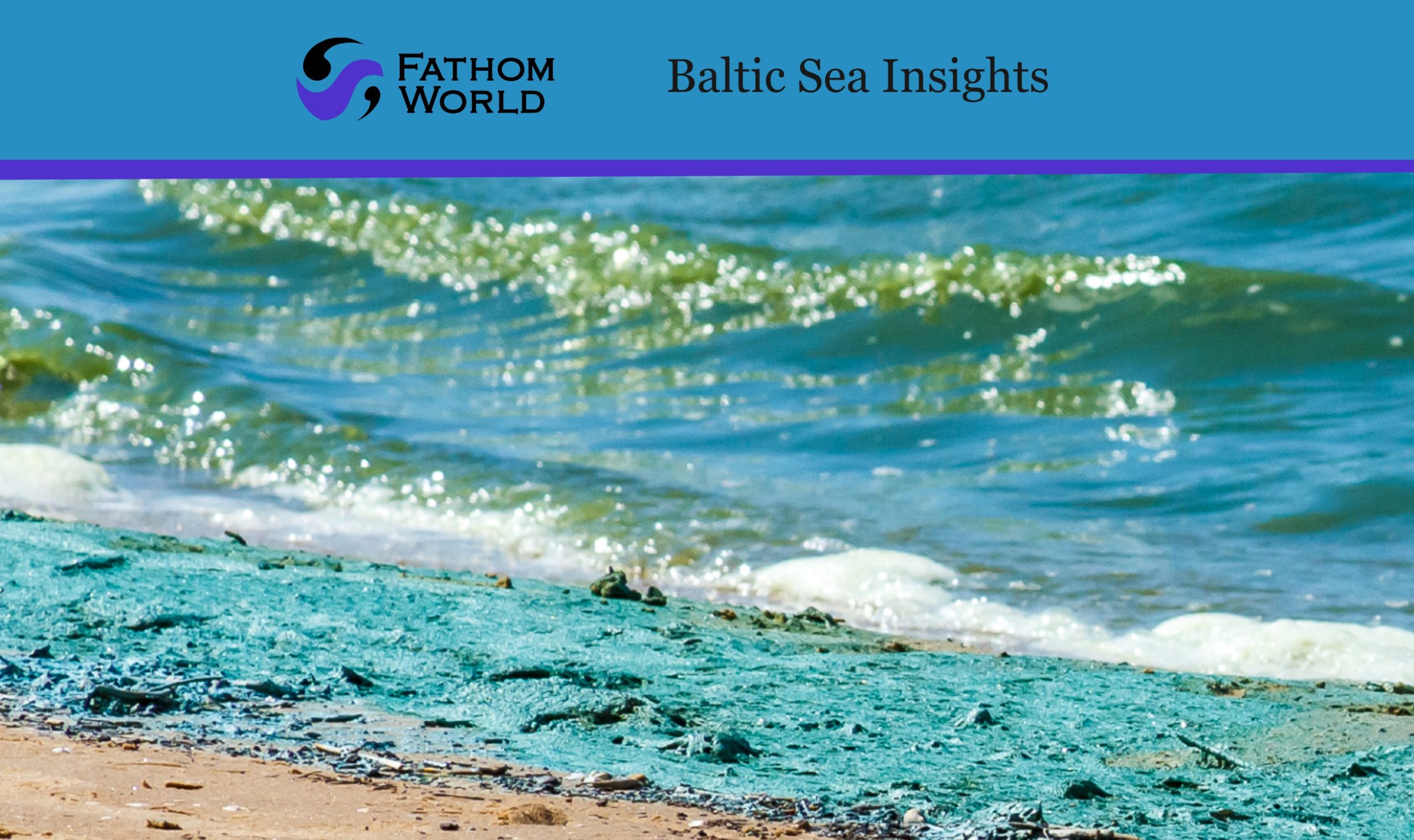
Baltic Sea environmental work continues despite Russian difficulties
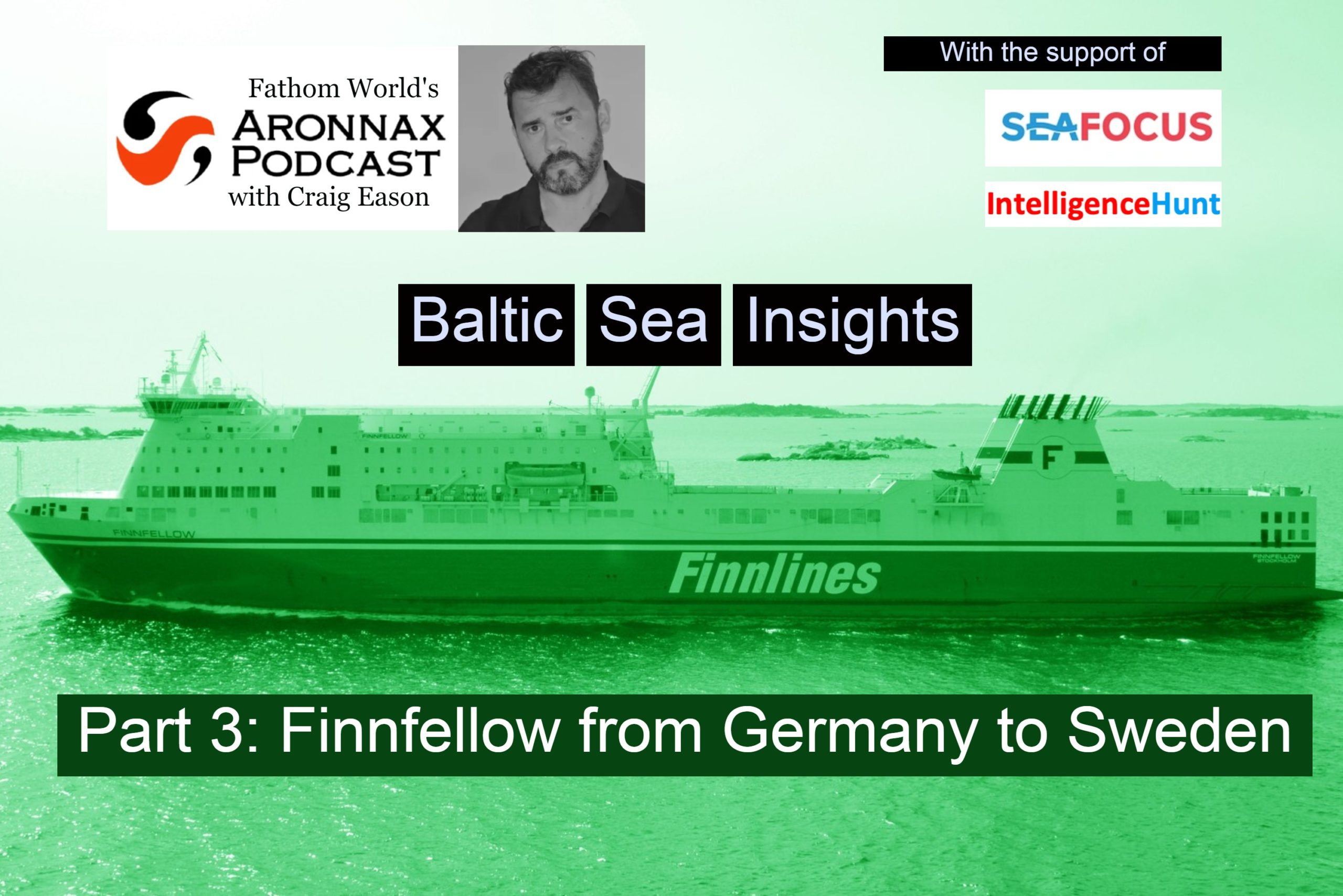
Aronnax: Baltic Sea Insights 3 (onboard Finnfellow)
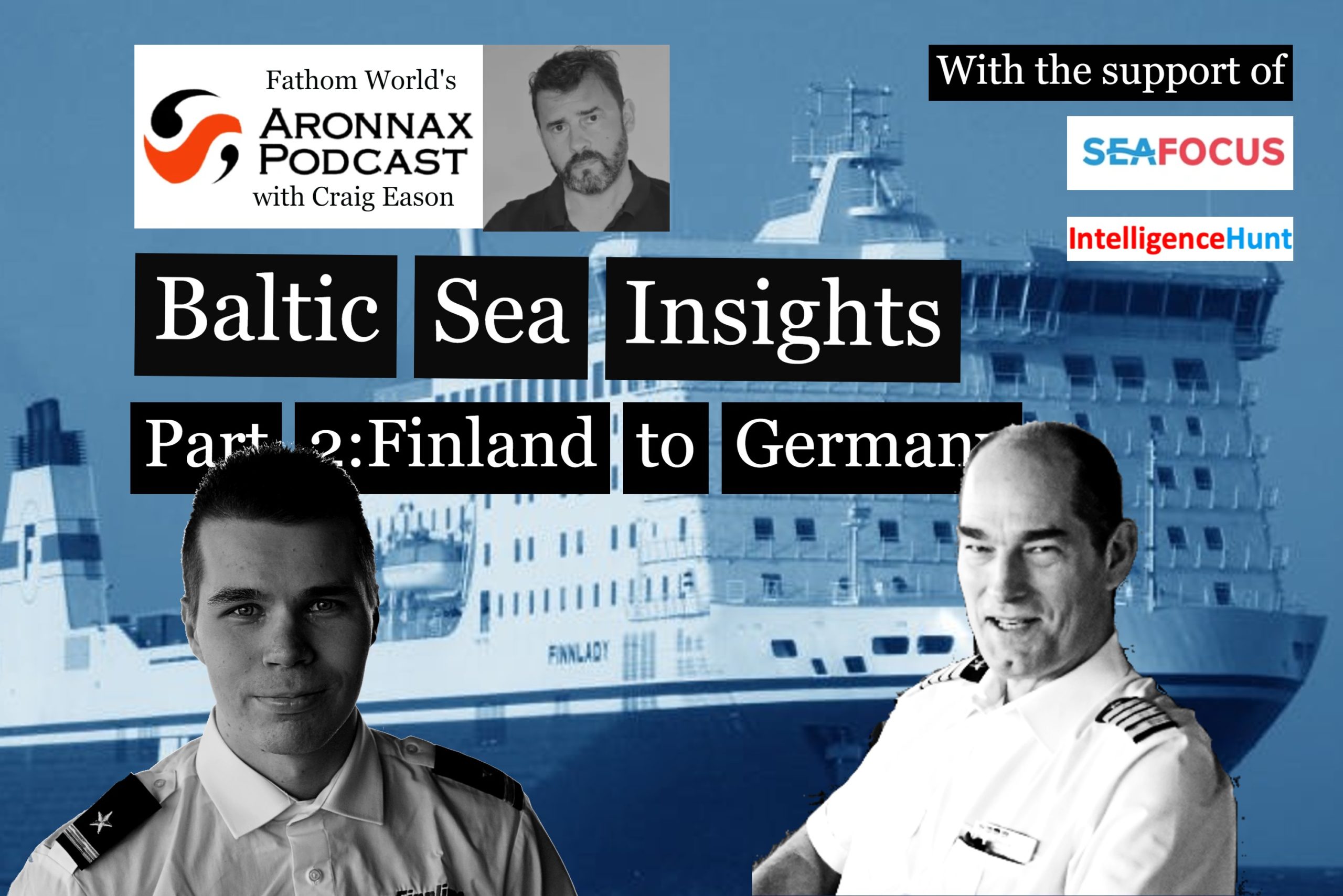
Aronnax: Baltic Sea Insights 2 (onboard Finnlady)
